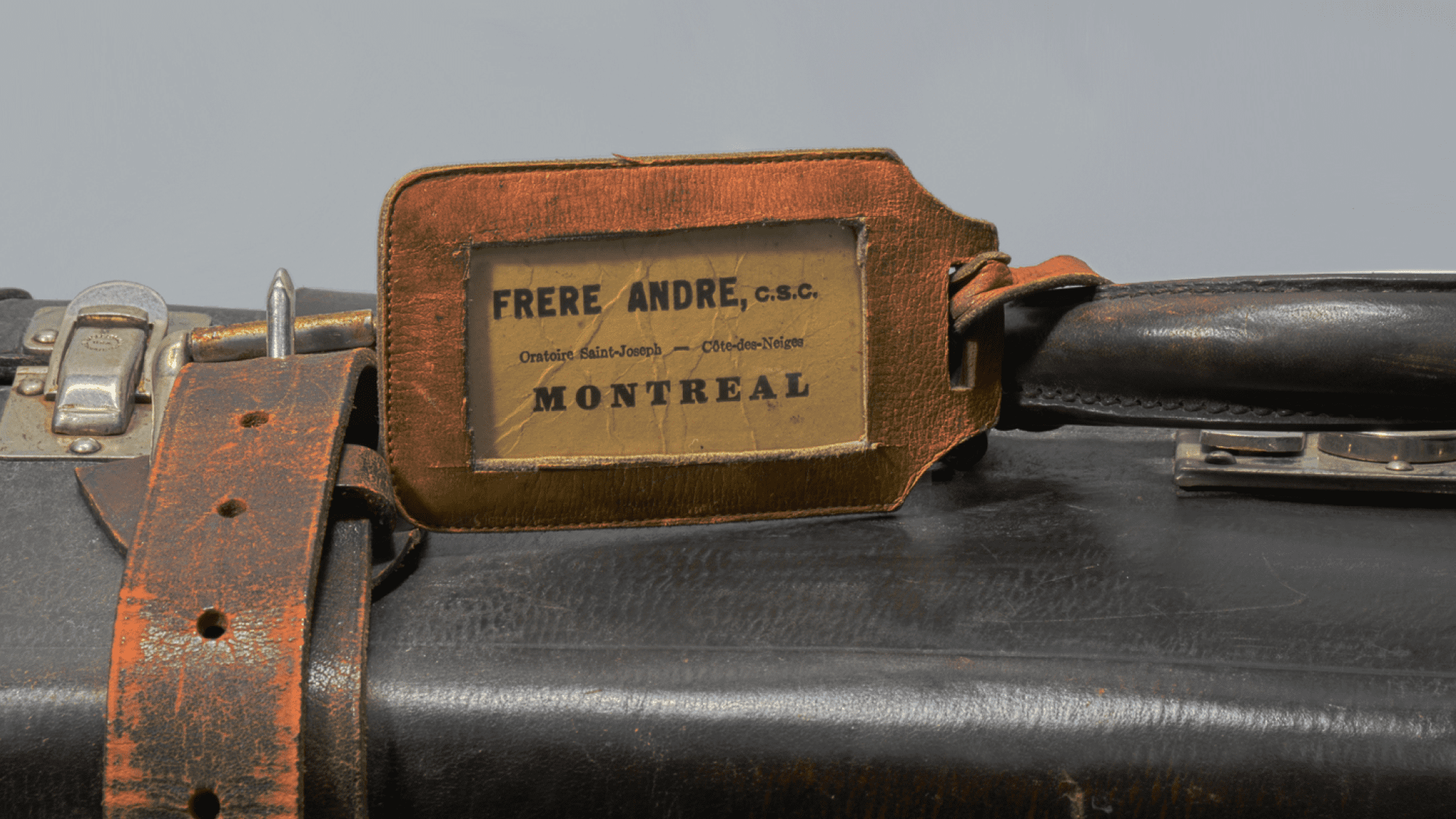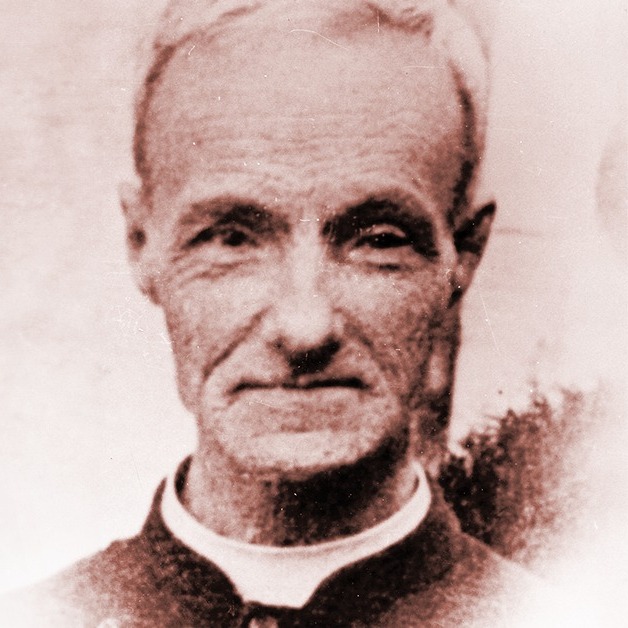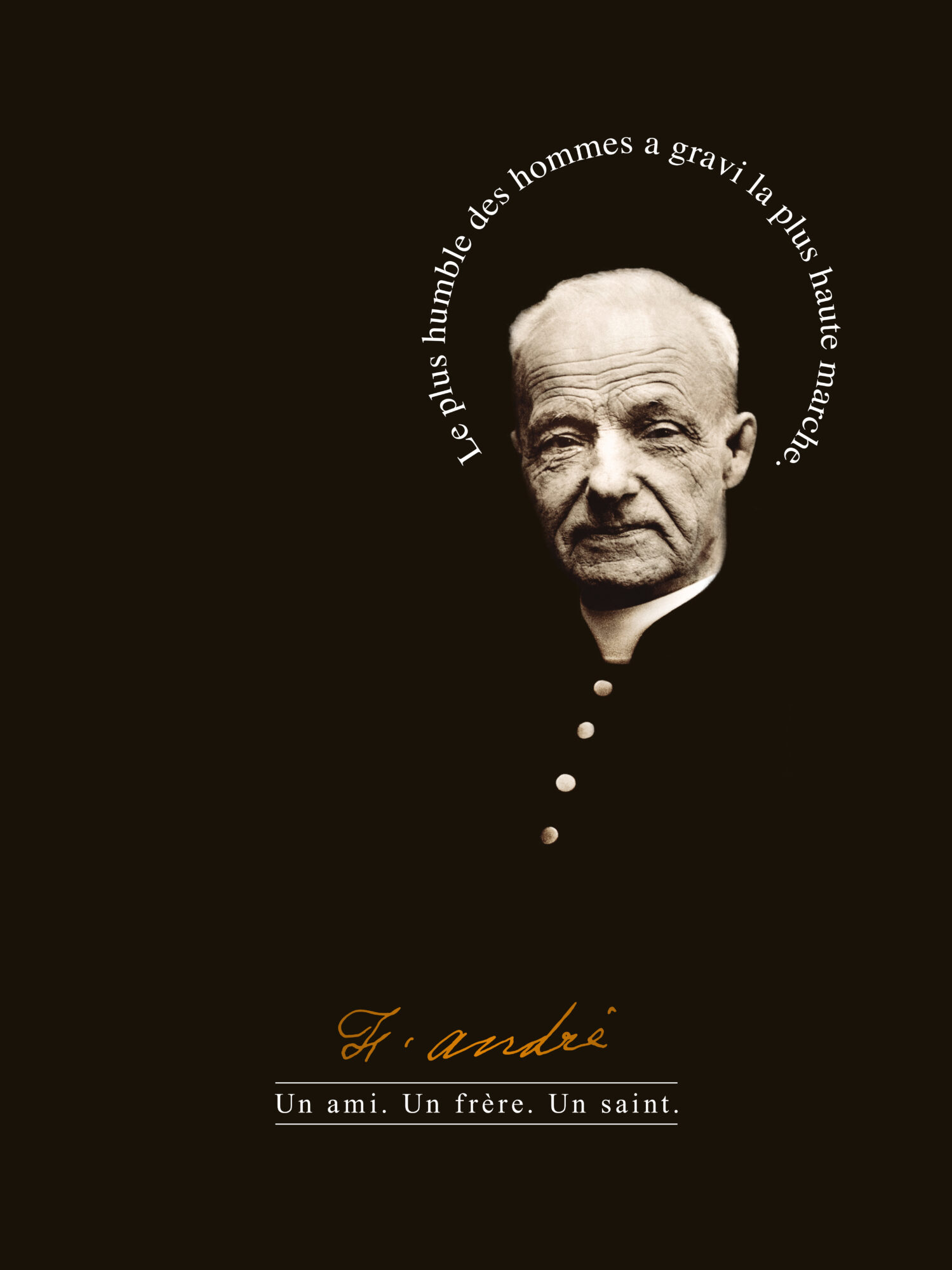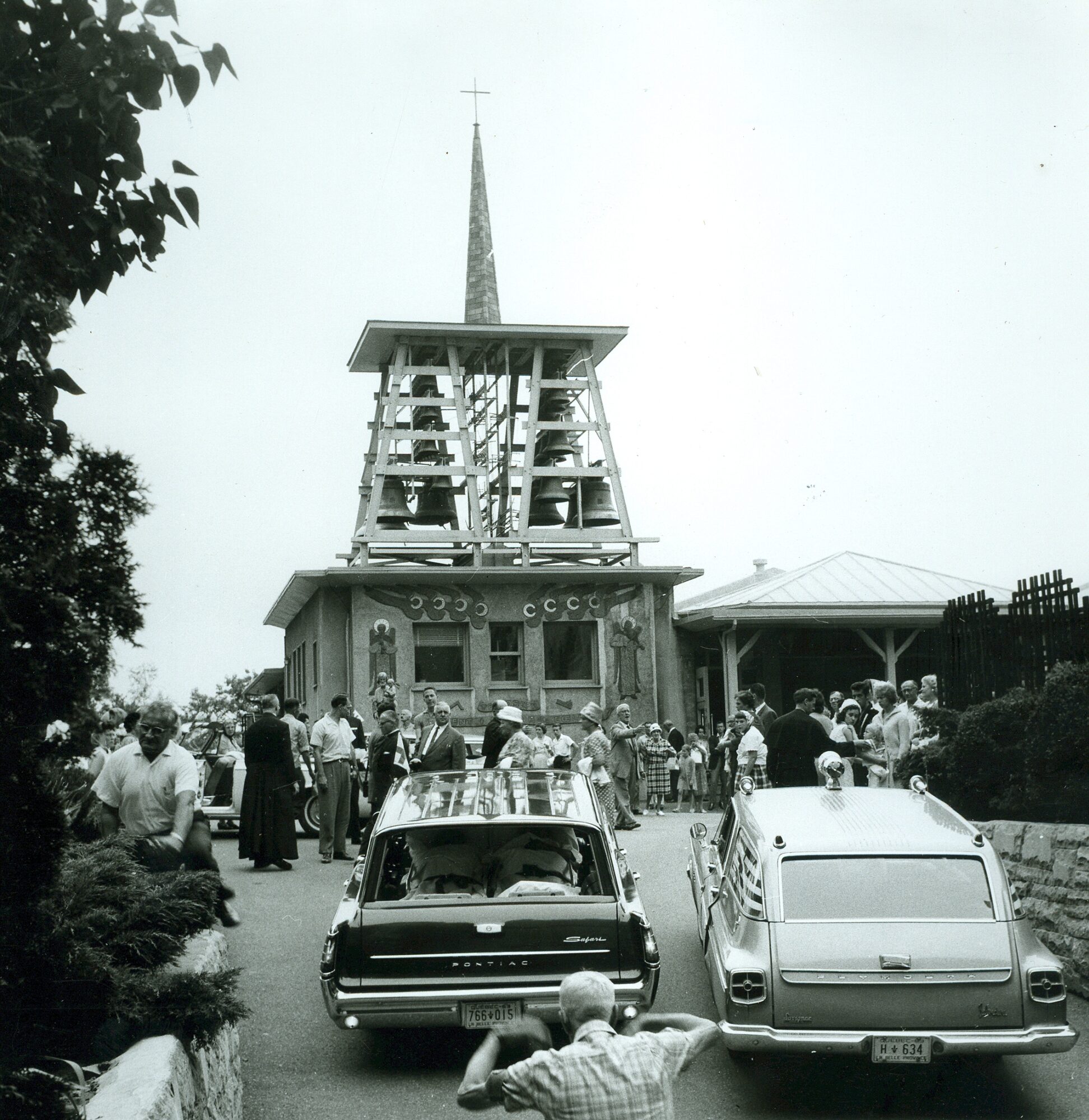Brother André left few objects behind. The few pieces preserved at the Oratory Museum remind us that Brother André was a simple man. His great devotion to Saint Joseph moved large crowds in the early 20th century. This immense faith left us a legacy: the internationally renowned sanctuary, Saint Joseph’s Oratory of Mount Royal.
Wearing the Habit, A Sign of Consecrated Life
In Brother André’s time (1845–1937), community life was governed by a set of rules written by the founder of the congregation, Blessed Basile Moreau (1799–1873) in 1863. These Capitular Rules (fig. 1) set out a lifestyle based on the observance of discipline. It is important to note that fathers and brothers had distinct roles. The former were trained for pastoral service and the ministry of sacraments, while the latter followed a path towards teaching or serving the community, as in Brother André’s case. These different functions led to distinctions in dress.Fig.1: Congregation of Holy Cross, Règles capitulaires de la Congrégation de Sainte-Croix, 1933, 288 p. Roland-Gauthier Archives and Documentation Centre, CSC 255.79 C749 1933According to the rules approved in 18731, a brother’s wardrobe (fig. 2) included the following items: a black cassock2, a Roman collar, a black woollen cord ending in a tassel, a wide-brimmed oval hat, trousers, a toque for indoor use, socks and ordinary black shoes. Around the neck, a medal of Saint Joseph3 (fig. 3) must be worn inside the cassock, as in the picture below. Articles of clothing were marked with a number identifying their owner, and wearing anything other than what is prescribed was strictly forbidden.Fig. 3: Medal of Saint Joseph worn by the brothers of the Congregation of Holy Cross. Oratory Museum’s collection (2012.807)“All shall remember that they took a vow of poverty and renounced all of the world’s vanities. They shall never let any aspect of their clothing and dress suggest frivolity, caprice or unreligious spirit.4”Joining a community imposes detachment, a distancing from oneself and from society. “Religious life is a perpetual sacrifice: it is based on a triple immolation, on a triple renunciation—of worldly goods, of bodily pleasures, of our will. Such is the role of vows […].5” And to this end, the imposed dress code is a way to recall this promise to God every day; a sign of consecrated life.Fig. 2: Display found on the fourth floor of the Oratory which shows part of a brother’s outfit.
Brother André, a “Living Relic”
People came from far away to meet the one who was credited with numerous miracles. Many even lined up in front of Brother André’s study just to ask him to touch their medals, as if this would bring them luck in their daily lives. This popularity only grew during Brother André’s final years. Everything he touched or owned would be carefully collected by everyone, even by his close friends. Brother André himself was firmly opposed to such practices. He would let no one else take care of his clothes for fear that they would be turned into relics (fig. 4). He washed his clothing himself and burned whatever was useless, such as his freshly cut hair. During the canonization process, some friends testified to Brother André’s rigour in following his vow of poverty. The many people he met and the public enthusiasm towards him meant he received many offers of gifts such as a new coat or new shoes. The brother categorically refused any material attachment. Father Elphège Labonté said of him that he had “a passion for poverty.”6 Wear and tear was clearly visible on his clothing, objects “[…] worthy of being displayed in a museum.”7Fig. 4: Cord and cord relic produced by the Community of Holy Cross following the death of Brother André on January 6, 1937. Oratory Museum’s collection (2010.17 and 2012.677)
A Few Reminders of the Past
The Oratory Museum owns and treasures a few articles of clothing that belonged to Brother André. These objects of great value to the community are kept locked up in a container that’s ready to be taken off Oratory premises quickly in case of emergency. They include: two coats (1997.47 and 2004.24), a pouch embroidered with the inscription “Rév Frere André” (2010.12), a pair of black gloves (2017.79.1-2), four hats (2017.75-78), a tassel from his cord (2010.17), two suitcases (2020.2 and 2020.3) and a purse (2017.80). (fig. 5)In my opinion, this purse is one of the most significant objects from Brother André’s life. Brother André refused any sum of money offered in exchange for healing, but he accepted gifts from the heart without counting. When his purse was full, he would simply hand it over to his superior. Testimony from his good friend Joseph Pichette reminds us of Brother André’s wise words, according to which “[…] one should not get attached to worldly goods lest they fail to become attached to God as one should.” On this 10th anniversary of Brother André’s canonization, we must remember that he left us the memory of a humble man devoted to prayer and to the service of others, especially the sick and afflicted.A man whose faith and charity gathered immense crowds around him for the glory of Saint Joseph. A gift of grace through which he left a legacy greater than himself: the sanctuary of Saint Joseph’s Oratory of Mount Royal.Fig. 5: Purse and suitcase that belonged to Brother André. Oratory Museum’s collection (2017.80 and 2020.3)_________________________________
- Brother André joined the Congregation of Holy Cross as a postulant in 1870.
- Cassocks worn by fathers could be distinguished by the greater number of visible buttons. Brothers’ clothing featured buttons that were more spaced out on the upper body and hidden by a piece of fabric from the waist down.
- Fathers wore a crucifix around their neck along with a camail, a small cape that covered their shoulders.
- Congregation of Holy Cross, Règles capitulaires de la Congrégation de Sainte-Croix, 1873, p. 90.
- R.P. Hervé Morin, c.s.c., Commentaires des règles de la congrégation de Sainte-Croix par les lettres des premiers supérieurs généraux, Fides, Montréal, 1946, p. 15.
- Ibid., p. 676
- Ibid., p. 677, footnote in reference to A. Ganz, Summarium, p. 248, referring to the repeatedly repaired suspenders.
- Causae Summarium – The Cause of Brother André, Joseph Pichette’s testimony, Vol. 2. p. 49.







